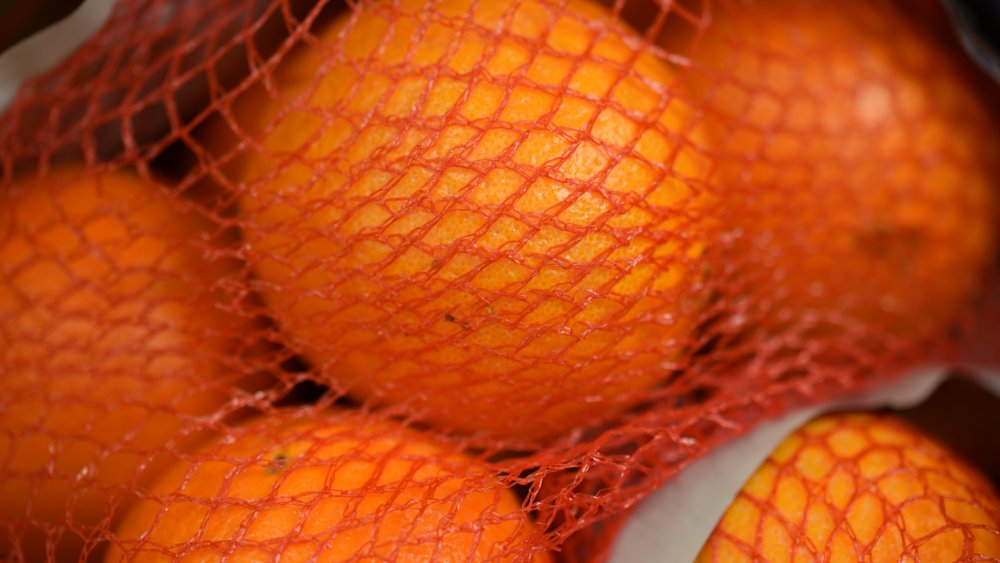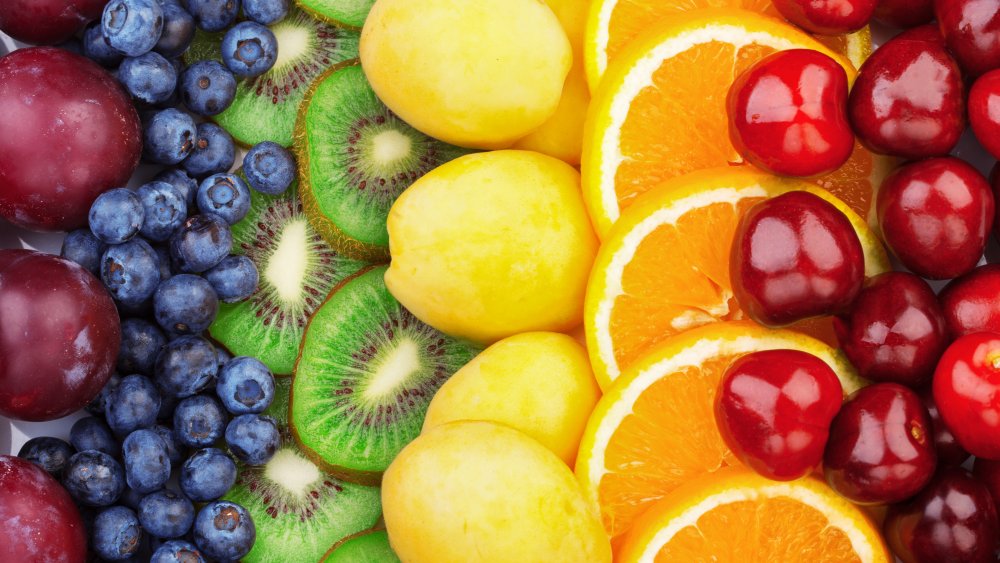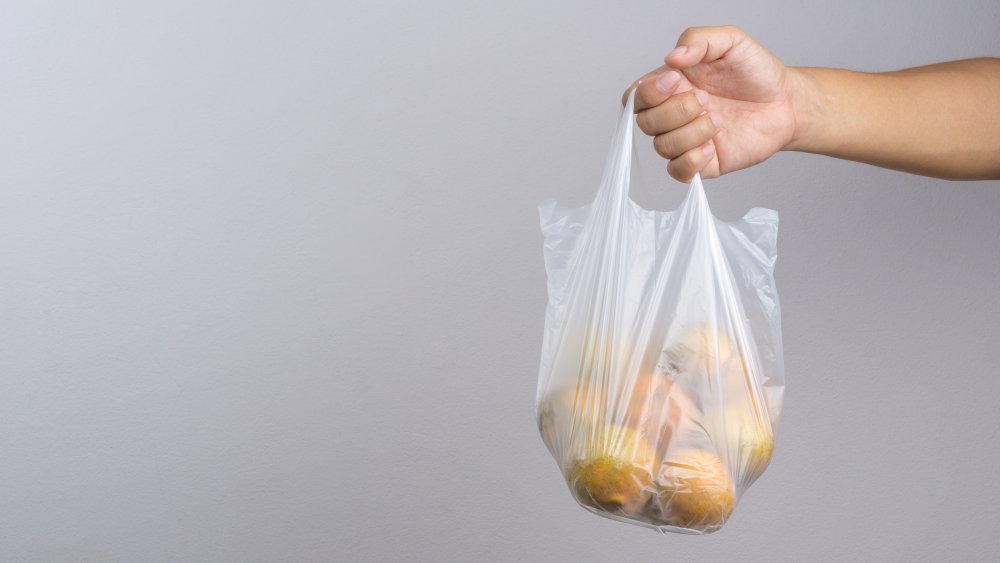The Real Reason Oranges Are Sold In Red Mesh Bags
Just because you don't see commercials for oranges on TV doesn't mean that they aren't being expertly marketed to you. According to HuffPost, the way food looks is extremely important, and in fact, it's a billion-dollar business. Essentially, foods need to look tasty, no matter what you're selling. This means lots of research has gone into making everything about the store as profitable as it can be. Everything from where products are placed on shelves to food packaging is all designed to pull you in.
Oranges, in particular, generally come in distinctive red mesh bags, and this was not a random decision on the part of the grocery industry. As it turns out, color is one of the most effective tools that the markets have. In fact, a study found that companies can use colors to "increase or decrease appetite, enhance mood, calm down customers, and reduce perception of waiting time" (via Emerald Insight).
So, which of these does the red bag do?
Selling oranges in red bags has to do with color theory
The red bag actually makes the oranges look, well, orange. If you think about it, the brighter orange an orange or tangerine looks, the riper we interpret it to be. A yellow orange can be instantly written off as unripe. That's the theory behind the red bag — by placing the thin, overlapping lines of red mesh over the oranges, they appear to be less yellow and more orange in color, which makes us interpret them as being of a higher-quality (via Mental Floss). This means you're more likely to purchase a whole bag of oranges than, say, just a few that are stacked by themselves (since those won't look as bright), which in turn means more money for the supermarket.
It's so effective that if you were to put some lemons in the same red mesh bag, they would appear much more orange. This is also why lemons are usually sold in yellow or green mesh bags — to make them look as yellow and green as possible, respectively (via Reader's Digest).
How to see beyond the red mesh bag when buying oranges
What does all this mean for your buying decisions? After all, it's one thing to know the red bag secret, but how can you really tell which oranges are the ripest if the color can't be trusted?
Buying local and organic is always a good way to beat the system and ensure high-quality produce. If you can't make it to the farmers market, though, there are still a few tricks you can use. Taste of Home recommends squeezing the fruits to look for firmness, "heft" (the heavier they are, the more juice they contain), and a thinner skin to suss out the sweetest oranges. There should be a smoothness to the rind and no obvious soft spots. Finally, don't forget to stock up between mid-winter and early spring to get oranges in season.


